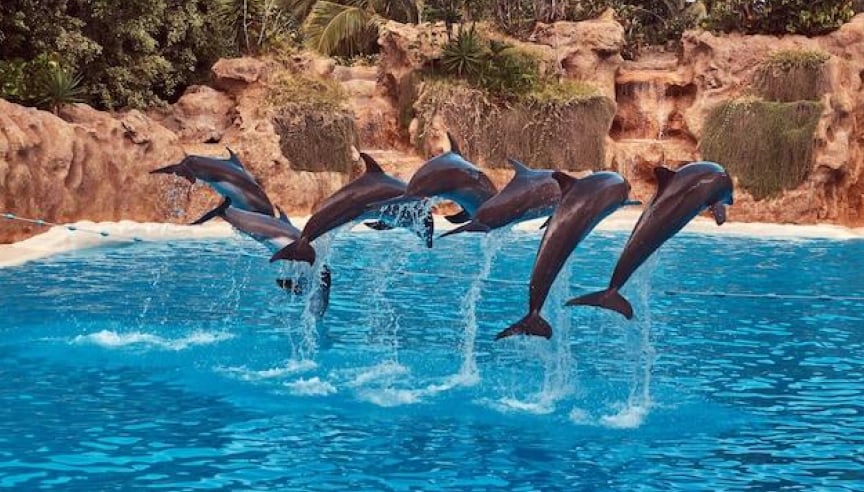Recent Posts
Ultraviolet disinfection of water in zoo

Ultraviolet Disinfection of Water Bodies in Zoo Enclosures
Maintaining the health and safety of animals in zoos requires meticulous attention to various aspects of their habitat, one of the most critical being water quality. Water bodies in zoo enclosures, such as ponds, pools, and streams, can easily become breeding grounds for harmful microorganisms, posing significant risks to the animals’ health. Ultraviolet (UV) disinfection has emerged as a powerful and efficient method for maintaining pristine water conditions in these environments. Here’s a closer look at why UV disinfection is the optimal choice for zoo water bodies.
1. Effective Elimination of Pathogens
UV disinfection works by exposing water to UV-C light, which penetrates the cells of microorganisms and disrupts their DNA, rendering them incapable of reproduction and effectively neutralizing them. This method is highly effective against a wide range of pathogens, including bacteria, viruses, and protozoa, ensuring that the water remains safe for the animals.
2. Chemical-Free Disinfection
Traditional water treatment methods often rely on chemicals like chlorine, which can be harmful to both animals and the environment. UV disinfection, on the other hand, is a physical process that does not introduce any chemicals into the water. This makes it a safer and more environmentally friendly option, preventing chemical residues that could potentially harm the animals or disrupt the enclosure’s ecosystem.
3. Maintaining Natural Water Quality
Animals in zoos thrive in environments that closely mimic their natural habitats. Chemical disinfectants can alter the water’s taste, smell, and overall quality, potentially causing stress to the animals. UV disinfection preserves the natural characteristics of the water, ensuring that the animals remain comfortable and healthy in their enclosures.
4. Preventing Algae Growth
In addition to neutralizing pathogens, UV disinfection can also help control algae growth. Algae can not only make the water look unappealing but also deplete oxygen levels, which can be detrimental to aquatic animals and other species that rely on the water. UV light disrupts the algae’s ability to reproduce, helping to keep the water clear and oxygen-rich.
5. Reducing Maintenance Efforts
Maintaining water bodies in zoo enclosures can be labor-intensive, particularly when dealing with the buildup of harmful microorganisms and algae. UV disinfection systems reduce the need for frequent cleaning and chemical treatments, thus lowering maintenance efforts and costs. This allows zoo staff to focus more on animal care and other essential tasks.
6. Enhancing Animal Welfare
The primary goal of any zoo is to ensure the well-being of its inhabitants. Clean, safe water is crucial for preventing diseases and promoting overall health. By incorporating UV disinfection, zoos can provide a healthier living environment, contributing to better welfare outcomes for the animals. Healthier animals also tend to be more active and exhibit natural behaviors, which can enhance the visitor experience.
7. Environmental Sustainability
Zoos are increasingly becoming champions of environmental conservation. Using UV disinfection aligns with this mission by reducing the reliance on harmful chemicals and minimizing environmental impact. Moreover, UV systems are energy-efficient, making them a sustainable choice that supports the zoo’s broader conservation goals.
Implementing UV Disinfection in Zoo Enclosures
To successfully implement UV disinfection in zoo water bodies, several factors need to be considered:
- System Design and Sizing:
UV systems must be appropriately sized to handle the specific volume and flow rate of the water body. Proper design ensures effective disinfection without compromising water circulation. - Regular Maintenance:
Although UV systems require less maintenance than chemical treatments, regular checks and maintenance are essential to ensure the lamps are functioning correctly and the system remains efficient. - Monitoring Water Quality:
Continuous monitoring of water quality parameters, such as clarity and microbial levels, helps in assessing the effectiveness of the UV disinfection system and making necessary adjustments.
UV disinfection stands out as a superior method for ensuring the cleanliness and safety of water bodies in zoo enclosures. Its ability to eliminate pathogens without the use of harmful chemicals, maintain natural water quality, control algae growth, and reduce maintenance efforts makes it an ideal choice for zoos committed to high standards of animal care and environmental sustainability. By adopting UV disinfection, zoos can enhance the welfare of their animals, contribute to conservation efforts, and provide a healthier and more naturalistic environment for their inhabitants.
